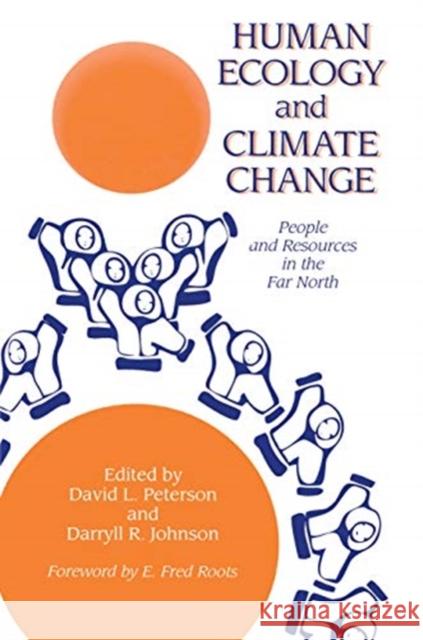Human Ecology and Climatic Change: People and Resources in the Far North » książka
topmenu
Human Ecology and Climatic Change: People and Resources in the Far North
ISBN-13: 9781138972087 / Angielski / Miękka / 2020 / 192 str.
Human Ecology and Climatic Change: People and Resources in the Far North
ISBN-13: 9781138972087 / Angielski / Miękka / 2020 / 192 str.
cena 117,02
(netto: 111,45 VAT: 5%)
Najniższa cena z 30 dni: 110,78
(netto: 111,45 VAT: 5%)
Najniższa cena z 30 dni: 110,78
Termin realizacji zamówienia:
ok. 22 dni roboczych
Bez gwarancji dostawy przed świętami
ok. 22 dni roboczych
Bez gwarancji dostawy przed świętami
Darmowa dostawa!
First Published in 1995. Routledge is an imprint of Taylor & Francis, an informa company.











